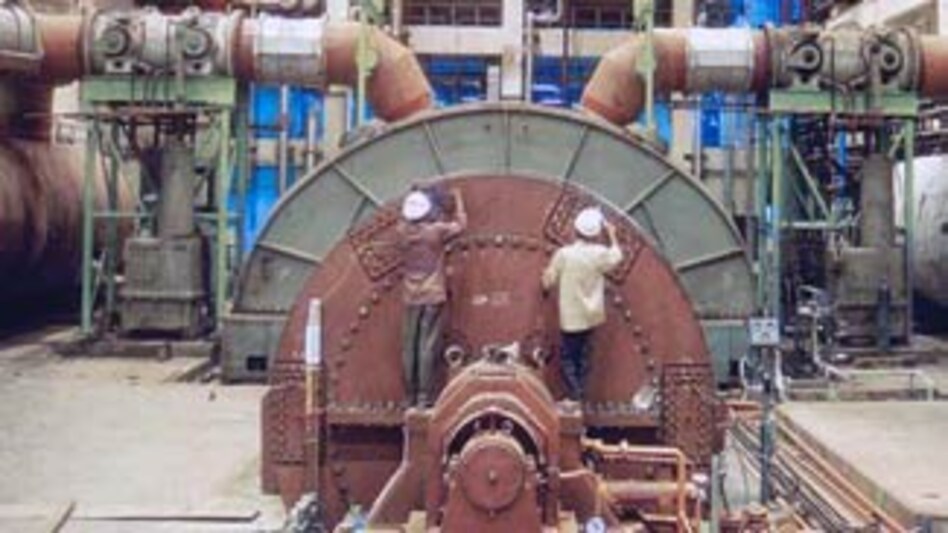The Tatas spoke of investing $3 billion in nuclear power; GMR Energy mulled building a 3,000-MW plant. Reliance Industries is waiting to take the plunge once the water clears. The likes of Larsen & Toubro and Bharat Heavy Electricals Ltd, or BHEL, had signed deals with GE-Hitachi, Rolls-Royce and Alstom, among others, to put up manufacturing units in India.
The excitement was equally high in the United States, the driver behind the so-called 123 Agreement of 2008. For Americans, every nuclear power plant of 1,000 MW means 10,000 to 12,000 jobs back home. Equipment makers such as Westinghouse and GE were excited about what may be a $250-billion market for their wares.
UN-POWERED
The opportunities
- Potentially a $250 billion market for nuclear equipment
- Private fi rms can team with Nuclear Power Corp. with a minority stake
- Local manufacturing can reduce costs
- Clean energy to cut greenhouse gas emissions
The gaps
- Liability on suppliers of equipment, components
- Lack of insurance cover for nuclear suppliers
- Liability beyond a company's term of supply
- Indian supply industry cannot take off without global players
|
But all are now holding their breath because of the liability law passed by Parliament in August. "As much as I would love to participate in the Indian nuclear market, I would never put the enterprise at risk. There are certain things the CEO of any company just cannot do; one of them is to take uncapped risk, as pertains to anything, particularly nuclear power generation," GE Chairman and CEO Jeff Immelt told Business Today in September.
As the finer details of the Civil Liability for Nuclear Damage Bill emerged, they caused more shock than celebration. One clause makes equipment and component suppliers liable in the event of an accident. Usually, only plant operators are held liable.
"They have messed up with the Bill. It is not so anywhere in the world. A plant can have as many as 200 to 300 suppliers, 60 per cent of whom could be Indians making non-critical components," says D.V. Kapur, founder-chairman of government-owned NTPC Ltd. and now an independent director with Reliance Industries.
Another roadblock is the clause for liability claims on suppliers and service providers beyond their terms of supply - 60 years of plant life plus 20 years of a liability period. Globally, suppliers in the nuclear business get no insurance cover. Even if they were to get such coverage, says an industry expert, they will pass on the liability to Indian suppliers.
Industry lobby Confederation of Indian Industry, or CII, fears this will prevent Indian suppliers and sub-suppliers from engaging in the nuclear power business.
Indian laws currently allow only the Nuclear Power Corporation of India Ltd, or NPCIL, to build power plants. There is a window for private players, but they have to team up with NPCIL by picking up a stake not more than 49 per cent in a project. Kapur feels big developers will not be content playing second fiddle to the governmentowned company by just being financial investors without a deeper engagement. NPCIL has been able to build just about 4,000 MW so far, making the 2030 target of 63,000 MW a tall order.
Favourable amendments in the law, nuclear industry veterans say, will help not only global suppliers but also Indian industry. According to Anil Kakodkar, former chairman of the Atomic Energy Commission, or AEC, the nuclear power industry has a huge scope given that the domestic requirement for nuclear power in India is estimated at 30,000 MW to 35,000 MW over the next 10 to 15 years. That could shoot up later, he adds, with coal availability likely to become an issue after 2050.
V. Raghuraman, former principal advisor for energy at CII, reckons that between now and 2030 China and India will account for almost half the incremental use of global energy resources. "India alone will make up 13-21 per cent depending upon the trajectory of its growth," he says.
Together with local manufacturing - a distinct possibility for components - that could be an attractive opportunity for Indian companies. Equipment accounts for about 40 per cent of the cost in nuclear power generation.
If the Indian policy makers are serious about building non-polluting power plants and cutting on greenhouse gas emissions, then some tweaking of the liability laws is imperative.

